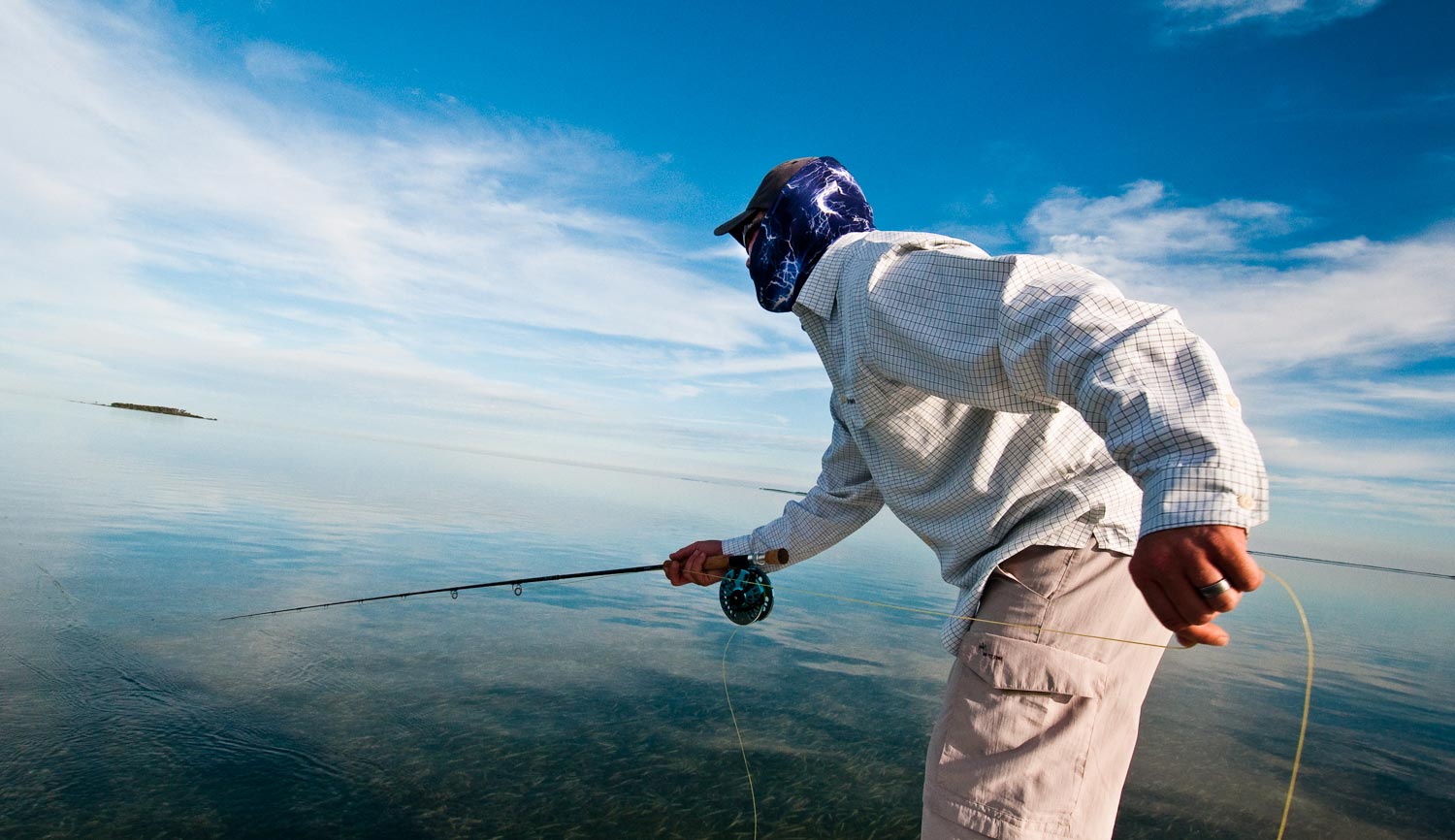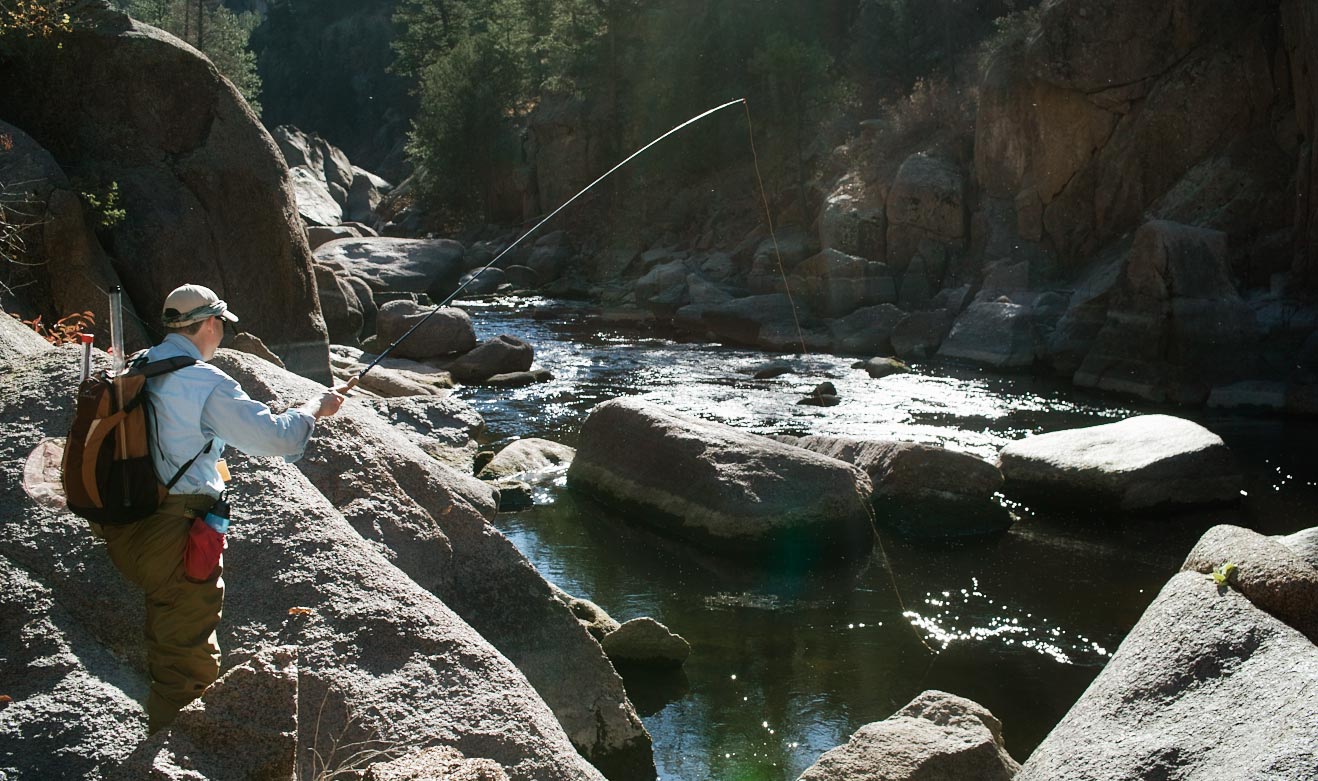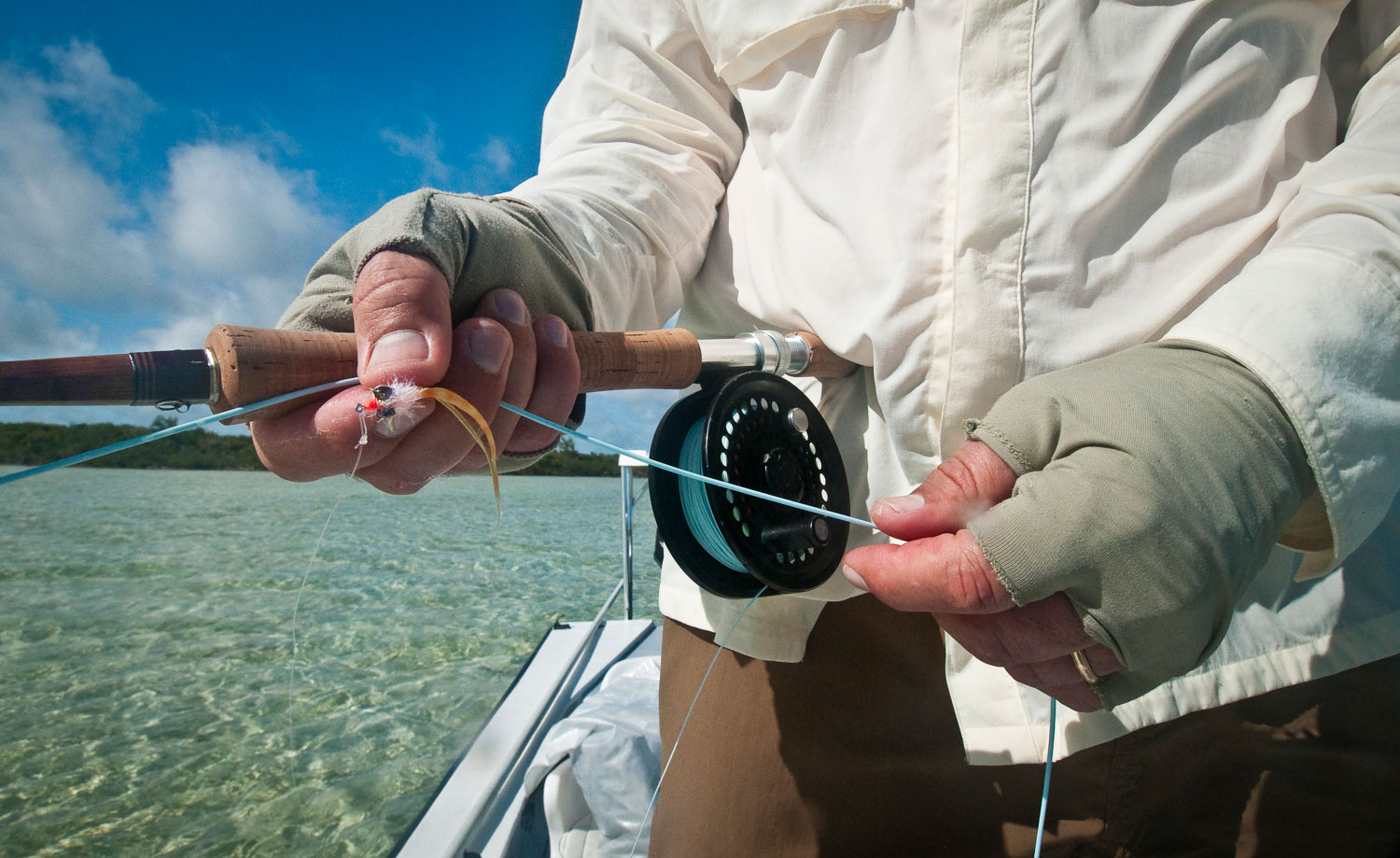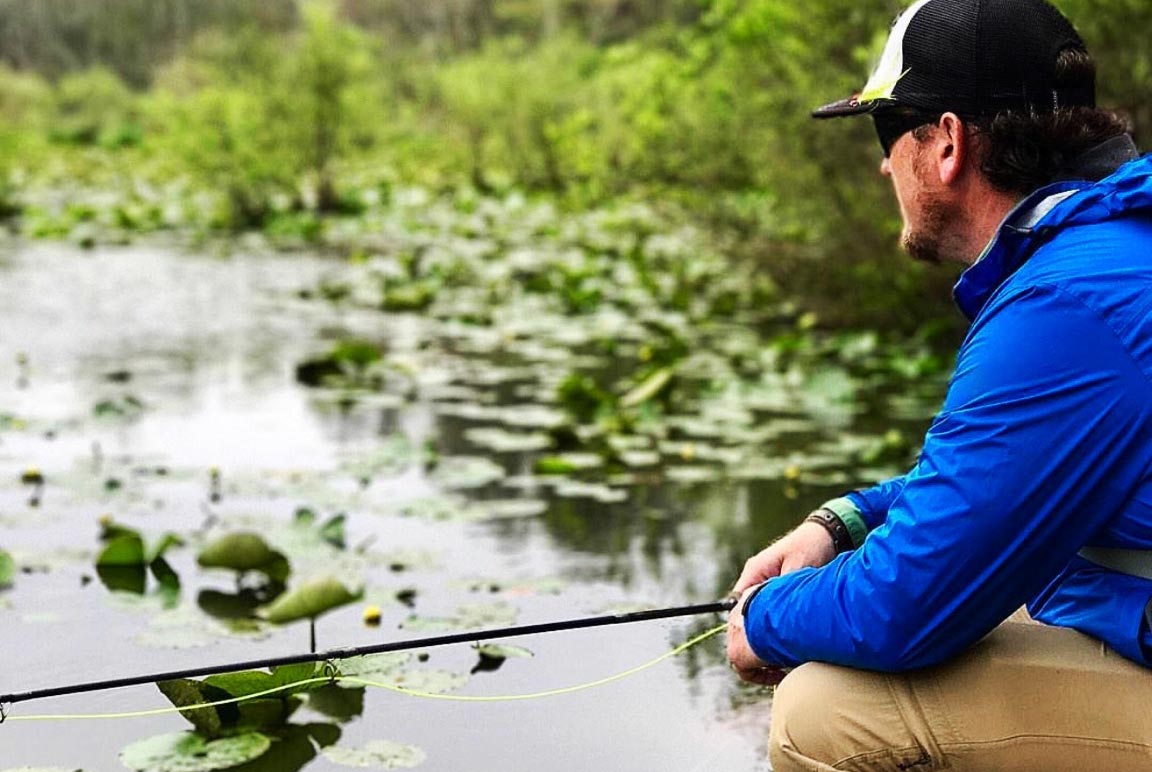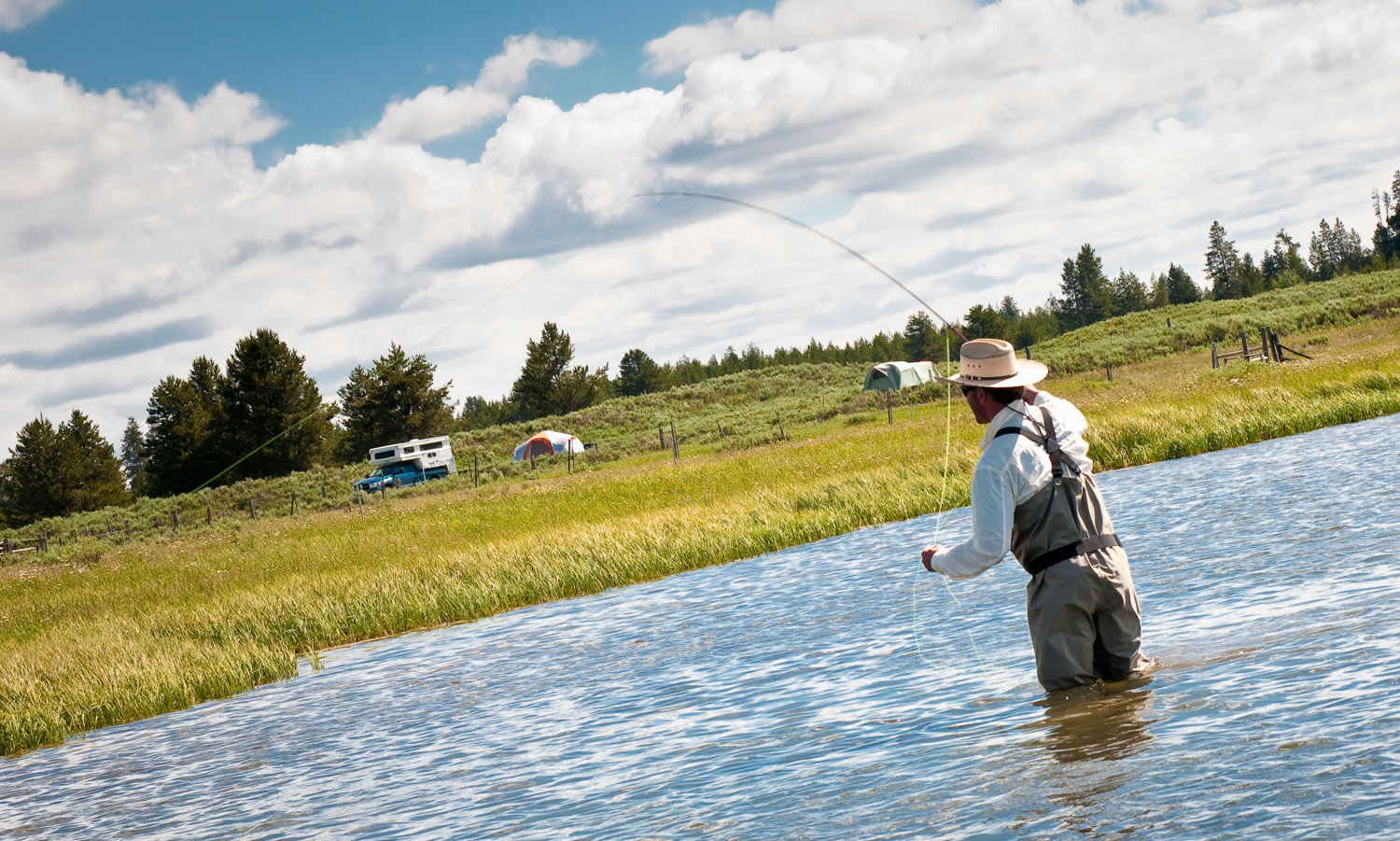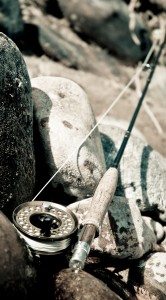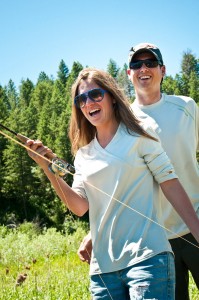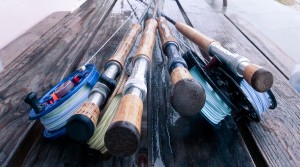By Louis Cahill
When fly-fishing in saltwater, if your fly isn’t moving, you’re not fishing.
This is one of those ideas that’s dead simple in principal and damned complicated in practice. For a fish to see your fly as food, it must have the right action, but there are factors at work that the angler may not perceive. Have you ever wondered why many saltwater fly lines are so brightly colored? It’s not a fashion statement, it’s a tool and often the key to catching fish.
Too many anglers making the transition from freshwater to salt think of the ocean like a big pond. In truth, it has more in common with a river. The water in the ocean is always moving and it’s often not readily apparent in which direction or how quickly. If you are fishing from a boat, the boat may also be in motion and not necessarily with the flow of the water. On top of all that the wind can influence the motion of the water, the boat and the fly line. It’s a lot to keep up with, but if you don’t you’ll pay the price in missed opportunities.
I’ve seen a lot of good casts fail to produce fish because the angler was not aware that their fly was dead in the water.
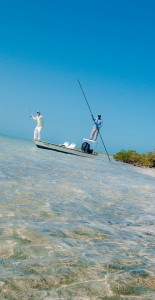 Picture for a moment that you are on the bow of a flats boat. Your guide is poling against the current when he calls out a fish at 11 o’clock. You make a nice cast but because the boat was moving toward 12 o’clock you failed to notice that the current is coming toward you. If you strip as though you were in still water, you’ll never come tight to the fly. You will only take up the slack as the fly sits dead on the bottom and the fish will swim on by.
Picture for a moment that you are on the bow of a flats boat. Your guide is poling against the current when he calls out a fish at 11 o’clock. You make a nice cast but because the boat was moving toward 12 o’clock you failed to notice that the current is coming toward you. If you strip as though you were in still water, you’ll never come tight to the fly. You will only take up the slack as the fly sits dead on the bottom and the fish will swim on by.
The opposite can be just as deadly. Suppose your guide stops the boat for a fish at 11 o’clock, but this time the current is carrying your fly away. A normal retrieve may be too fast, lifting the fly to the surface in an unnatural manner. Again, your fly is not behaving like food and it will likely be ignored.
A strong current moving from either side can carry your fly into, or out of, a fish’s feeding zone. In this case the direction of water movement will affect where you play your fly, as well as how you retrieve.
In most cases, all you need to do is watch your fly line to know what your fly is doing.
A fly line which is not under tension will naturally take on a relaxed attitude with gentle S-curves between you and the fly. A line under tension will naturally straighten. If you are stripping line and those S-curves are not disappearing and your line straightening, the water is carrying your fly toward you faster than you are taking up line. You will need to use a longer strip to take up the slack. If your line is straight as a laser, even between strips, the water is likely pulling your fly away and you should use shorter strips.
By watching your fly line it’s also easy to know where your fly is in relation to the fish. This allows you to read his body language and know if he is on your fly. If the current is bringing the fly toward the boat, you may not feel the eat and a sudden straightening of the line or rush and stop from the fish could be your only clue that it’s time to set the hook.
Make a habit of watching the attitude of your fly line as soon as it hits the water. There is plenty of valuable information to gather about how your fly is behaving. The sooner you understand the attitude of the line, and fly, the more effectively you will fish.
Louis Cahill Gink & Gasoline www.ginkandgasoline.com hookups@ginkandgasoline.com Sign Up For Our Weekly Newsletter!
